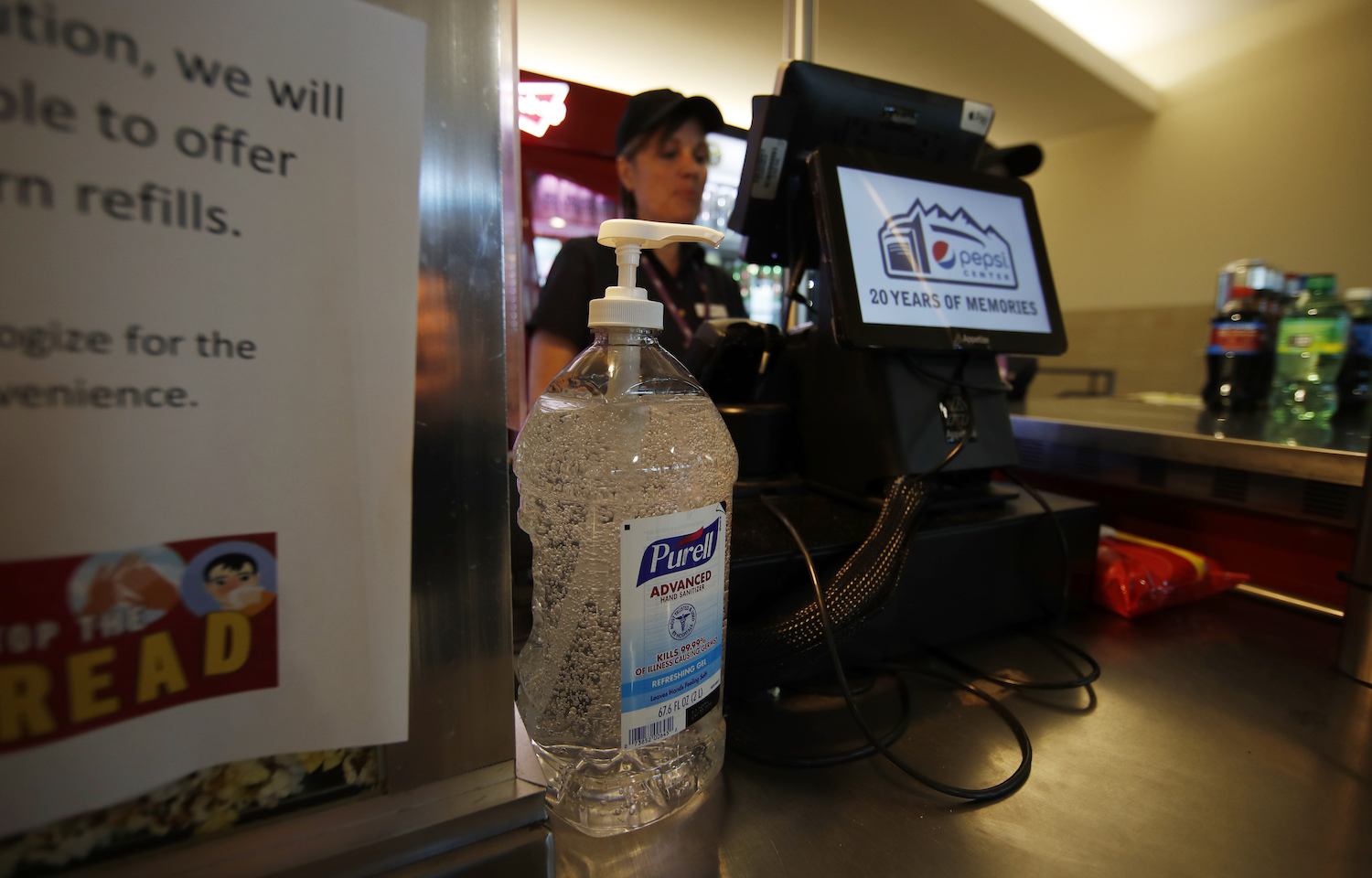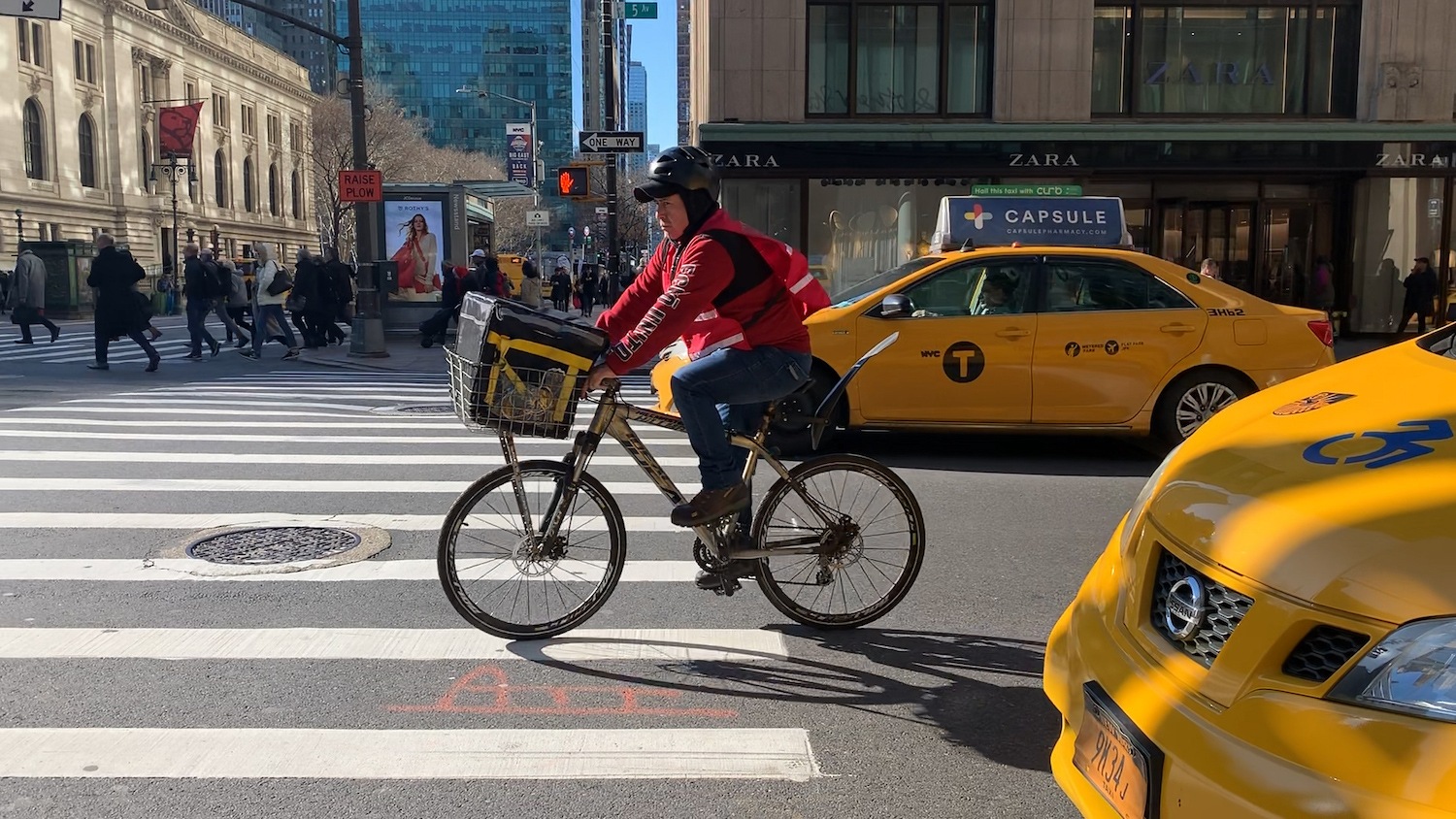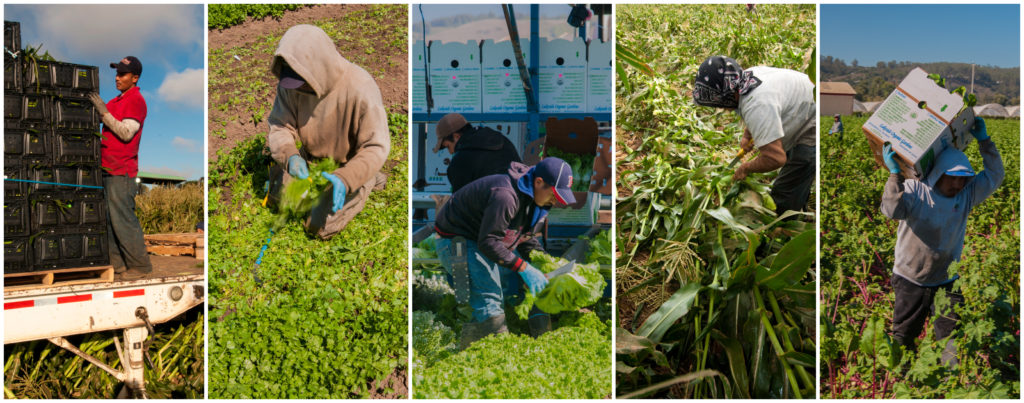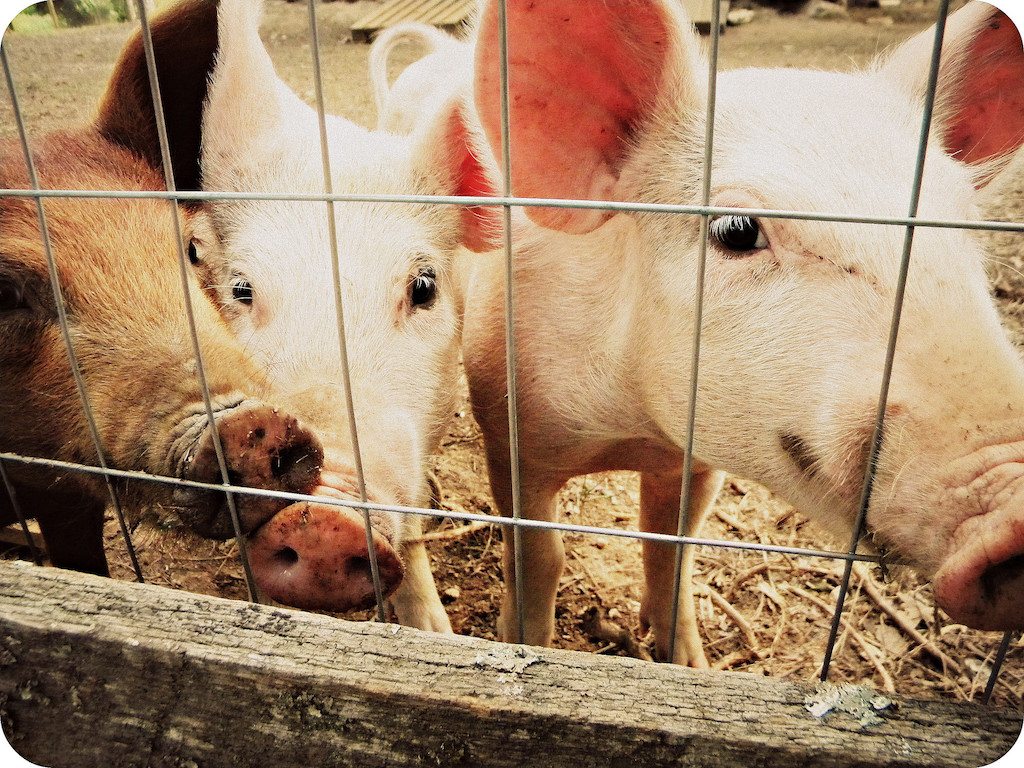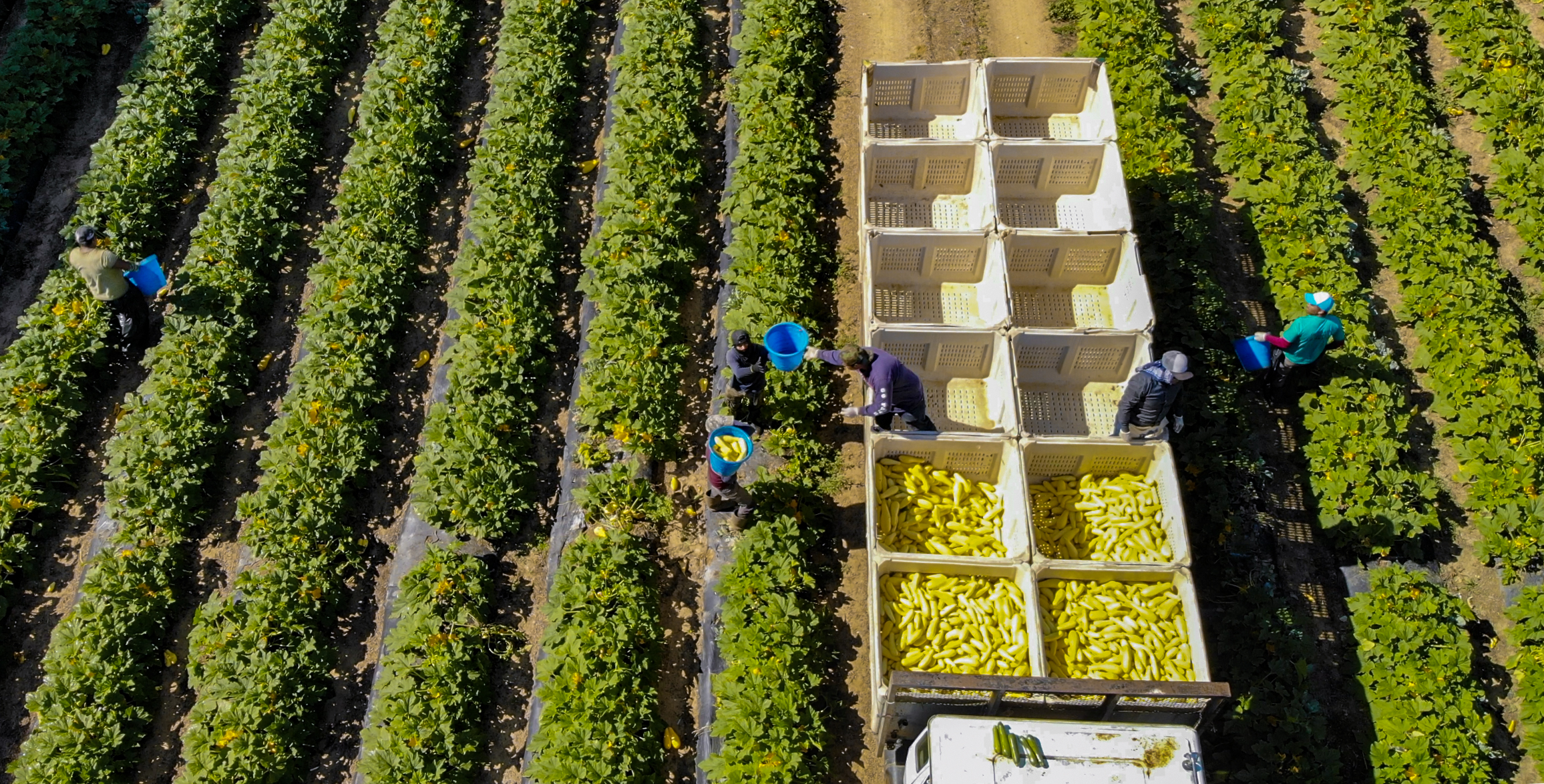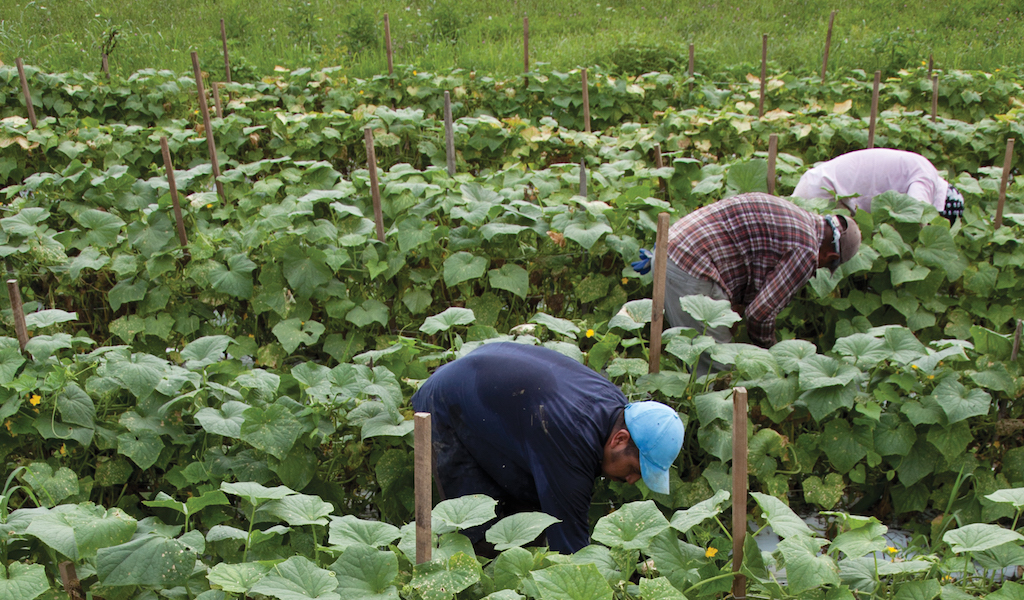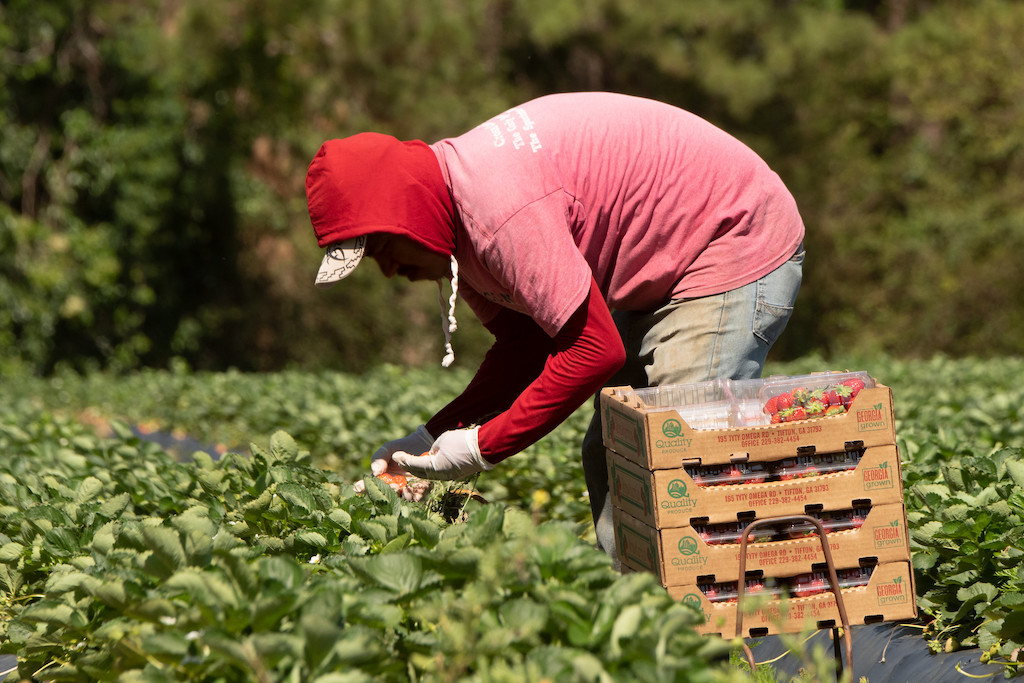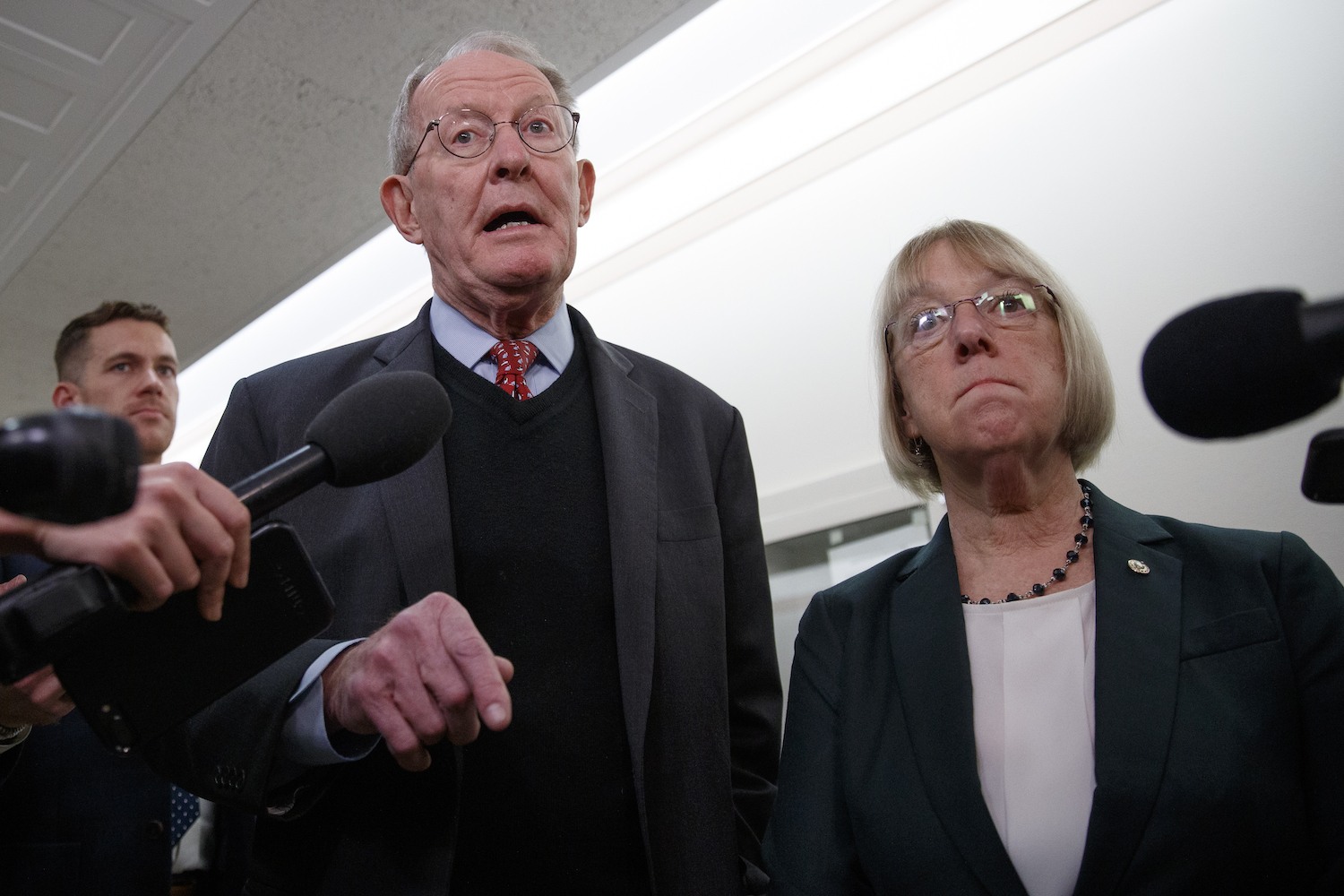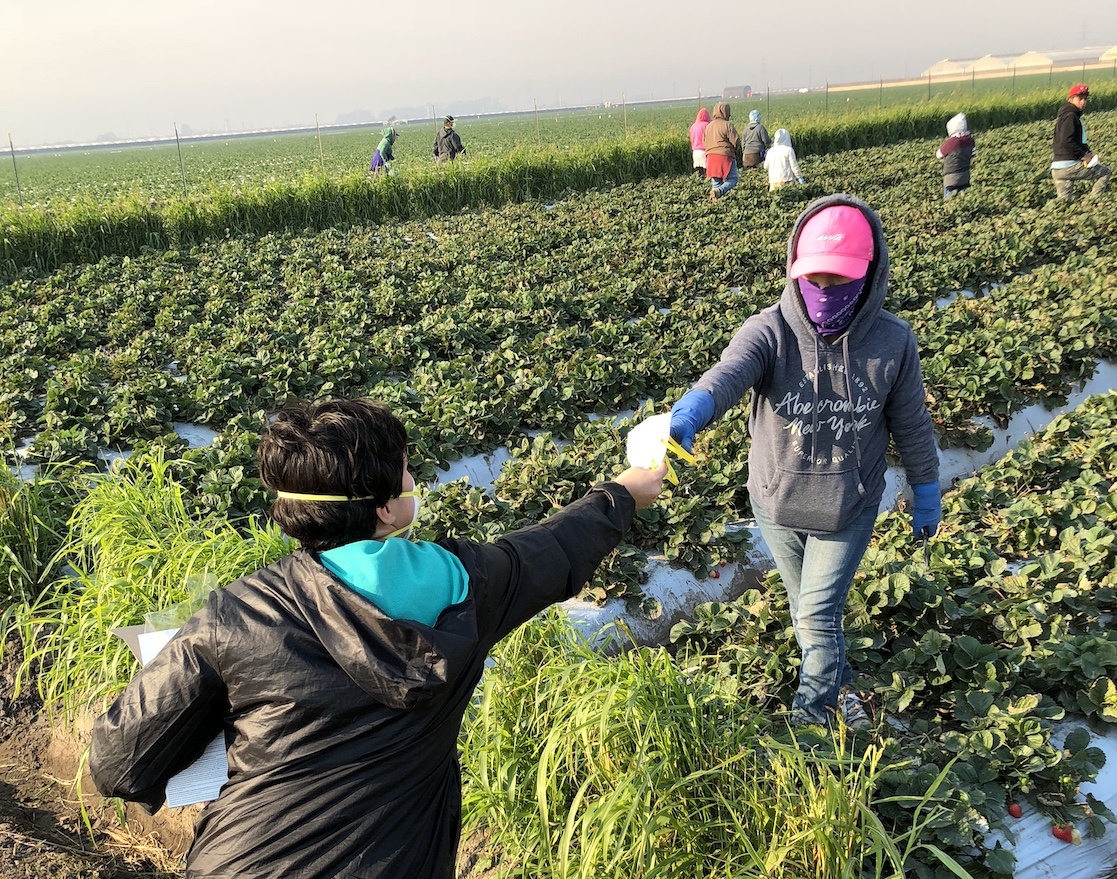
Central Coast Alliance United for a Sustainable Economy (CAUSE)
Health workers believe that it’s a matter of time before Covid-19 hits rural communities. Here’s how they’re trying to slow its spread.
As the number of coronavirus cases worldwide tops 200,000, health care workers in rural communities are doubling down on farmworker outreach, in an effort to slow the disease’s spread among some of the country’s most vulnerable populations.
“It’s coming,” says Mary Zelazny, CEO of Finger Lakes Community Health, a network of health centers in the central New York region that serves many farm workers on a sliding-scale basis. “Rural communities are more isolated, that’s a good thing for once in our lives.”
The photo above was taken in 2017 during the Thomas Fire as members of the advocacy group CAUSE hand out masks to farm workers in Ventura, CA.
Low population density in agricultural areas is buying community health workers precious time to spread the word and to put contingency healthcare plans in place, such as converting in-person care to telehealth. A large portion of Finger Lakes Community Health’s work includes driving out to labor camps and migrant housing sites daily, and providing health services to farm workers where they live. Now, Zelazny has made informing clients about Covid-19 as high a priority as care itself: “We’re having [our community health workers] go out and do education. We have information in Spanish and English. We have a [hotline] they can call.”
“Rural communities are more isolated, that’s a good thing for once in our lives.”
Educating farm workers about Covid-19 is crucial from a health standpoint because they may face heightened risks to the disease compared to the general population, for a variety of reasons including the very nature of their work. Researchers have extensively documented the hazards that they disproportionately face, including dust and chemical exposure linked to lung diseases.
“Many of these workers have pre-existing conditions,” says Antonio Tovar, interim general coordinator for the Farmworker Association of Florida, a nonprofit that represents more than 10,000 farm workers in the state. “High blood pressure and diabetes are very common in our community. The longer farm workers have been in agriculture, the longer they have been exposed to pesticides—so their immune and their respiratory systems might be compromised.”
Complicating matters is a lack of comprehensive health care benefits for most farm workers. According to the Department of Labor’s most recent agricultural workers survey, just 47 percent report having health coverage, compared to 91.5 percent of the general population. Combined with little to no paid sick leave, farm workers are heavily disincentivized from seeing a doctor or taking time off in the case of illness.
Just 47 percent report having health coverage, compared to 91.5% of the general population.
Adelaida Mendoza is a vineyard worker at Chateau Ste. Michelle, one of Washington state’s biggest wineries. Because her job is represented by the United Farm Workers union, Mendoza and her family have health insurance, which she can depend on if she gets sick. However, Mendoza’s brother-in-law, also a farm worker, is less fortunate. “He’s really petrified of what might happen to him because he has no health coverage,” Mendoza says through a translator. “He has no benefits to fall back on.”
Outreach workers across the country are making a concerted effort to educate the people who pick and process our food about Covid-19. Some of the biggest obstacles include language and literary barriers; technology gaps, as not everyone has a smartphone or internet access; and misinformation.
“We’ve been hearing some myths out there—about how coronavirus can be passed by sweat or that Latinos are less affected because of their DNA,” says Linda Cifuentes, a coordinator for the Southeast Arizona Area Health Education Center, a non-profit that places health professionals in underserved communities.
These efforts are driven in part by a fear that rural hospitals may not be equipped to handle a local Covid-19 outbreak. Unlike urban health centers—which themselves are strained for resources—they may not have any ventilators or intensive care units. If someone in the Finger Lakes area were to suffer from severe Covid-19 symptoms, they would need to be transported to the city of Rochester, an hour away, Zelazny says.
Outreach workers across the country are making a concerted effort to educate the people who pick and process our food about Covid-19.
Then there are labor and food supply ramifications if a farm worker contracts Covid-19. One illness can quickly jeopardize the health of others, particularly for farm workers who share living quarters or work in proximity to one another on an assembly line. Because we still know so little about the virus, scientists have not ruled out the possibility of it spreading through food, though they believe it highly unlikely. The agriculture industry is already bracing for a labor shortage: On Monday, the Department of Labor announced that it would suspend all visa services in Mexico as part of a social distancing plan. This will disrupt the H-2A program, which U.S. farms are increasingly reliant on for temporary foreign labor. The American Farm Bureau, a farmer advocacy group, told the Food and Environmental Reporting Network that this move could lead to domestic food shortages.
For Dr. Laszlo Madaras, chief medical officer of the Migrant Clinicians Networks, a coalition of health care providers that serve migrant workers, this pandemic highlights a stark inadequacy in our food system—which fundamentally depends on farm workers’ health, but doesn’t provide them the economic means to maintain it.
“If the weakest people are not able to get the health care and the health protection that they need, it’s going to impact the entire society,” he says. “We can’t really have one group of people thinking that if they just have nice health care and take care of themselves, everything will be okay.”

